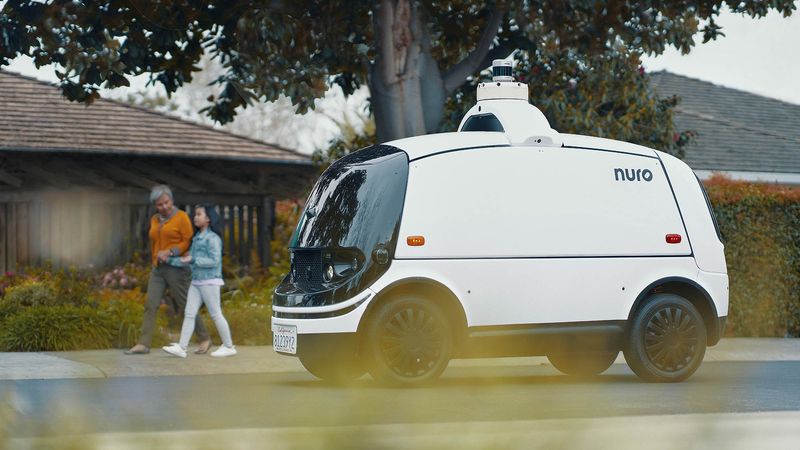Simulation makes last-mile driverless delivery feasible
Simulation of both vehicles and systems will help to enable sustainable delivery.
Together with Ansys (GOOD) (GOOD) (GOOD), a developer of simulation software, we are creating a series of content about the technologies that make sustainable transportation possible. Read the foundation article of the series here (GOOD) (GOOD) (GOOD), and our introduction to the Indy Autonomous Challenge here. (GOOD) (GOOD) (GOOD)
Introduction
In 2020, dynamic global trends (pandemics, rising middle classes, digitalization, etc.) marked an exponential boom in online transactions. In this period, e-retail surpassed US 4.2 trillion dollars in sales globally, with approximately 2 billion people buying goods or services online[1]. By 2023, for example, it is expected that 18.1% of the total retails worldwide will be done through e-commerce. This increase in online sales, of course, translates to an exponential increase in deliveries.
Simulation will play a major role in the way we shop and receive goods as this industry undergoes a massive transformation In this article, we will examine some of the events shaping package delivery explore how autonomous vehicles will support logistics in the final miles of delivery, and look at how simulation technologies will be critical to the implementation of autonomous delivery in both remote and urban areas.
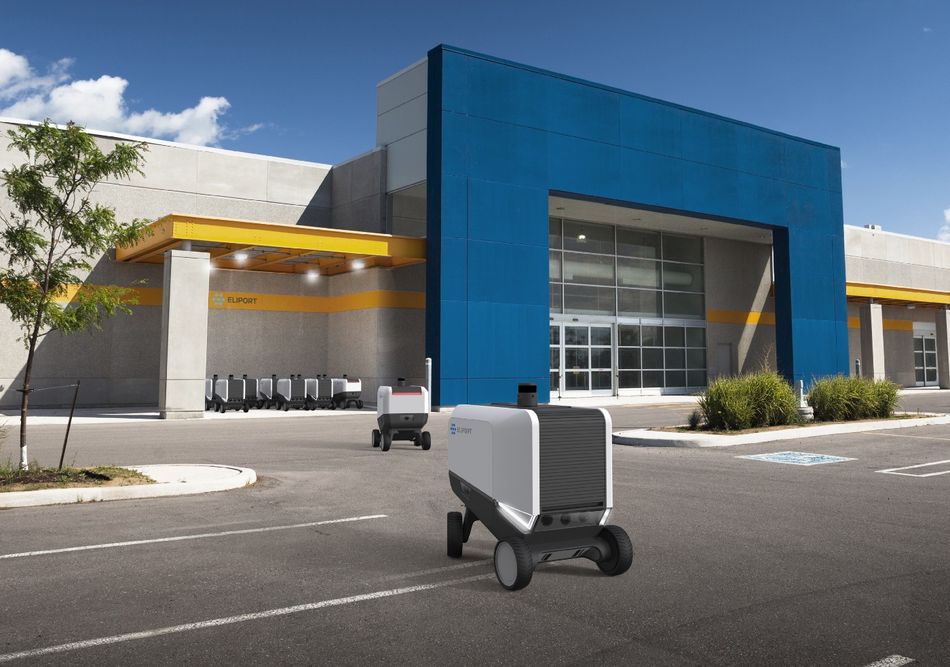 Last-mile delivery system concept by Elliport. The last-mile concept in supply chains
Last-mile delivery system concept by Elliport. The last-mile concept in supply chains

Simply stated, the last-mile is the portion of the delivery process from the last distribution warehouses [2] to their final destination. This segment of delivery traditionally experiences the most challenges and incurs the highest costs in the supply chain. Delays, damaged packages, lost parcels, exhausted drivers, and congestion in inner cities are just some of the challenges to be overcome in this stage. For successful package delivery, the last-mile is the most important stage in the entire supply chain process.
Challenges ahead
According to Matthias Winkenback, Director of MIT Megacity Logistics Lab (EXTERNAL) (EXTERNAL) (EXTERNAL), about 40% of the cost of the overall supply chain occurs in the last-mile. Among several issues, this percentage corresponds to drivers deviating from the most efficient routes (see Figure 1), not finding the right delivery location, or the inability to plan dynamic routes to respond to unpredictable traffic congestion.
These conditions are replicated in most cities around the world, costing e-retailers and delivery companies that cannot overcome last-mile delivery issues. In addition to these traditional last-mile issues, companies are increasingly under pressure due to climate-oriented transport regulations. For example, studies suggest that by 2030, carbon emissions from urban delivery traffic are expected to be 32% of total urban emissions[5]. As a result, a surge of legislation aimed to tackle fossil-based transport fleets is under development in several countries to push delivery companies to invest in vehicles with a lower environmental footprint.
Autonomous vehicles part of the last-mile solution
A new era of technological advances is available to support the transition to a sustainable and efficient last-mile delivery. If, as predicted, e-commerce increases delivery vehicles in urban centers by 36%[5], it is clear that current systems need advanced methodologies to anticipate, adapt, and perform under any possible circumstances.
Autonomous vehicles (AV) are widely discussed as potential disruptors in the logistics industry. Although a relatively new approach, autonomous delivery robots (BAD) (BAD) (BAD) are proving to be reliable, cost-efficient, environmentally friendly, and suitable for urban and non-urban environments. Being capable of delivering small goods including medicine, food, or parcels with the management of one operator who can take over an entire fleet of vehicles remotely[6].
AVs are not only safer than human-driven vehicles[7], they are designed to provide tailor-made solutions that are specific for every type of logistic system within or out urban spaces. Within the next 10 years, up to 47% of the costs of current delivery models/systems can be saved with the support of AV in the so-called combined vehicle technology[8].
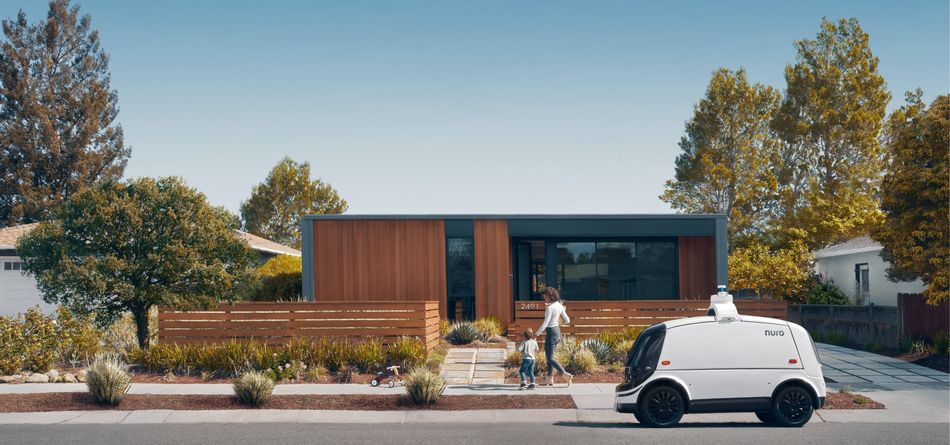
Drones, electric vehicles, e-bikes, sharing economy, or parcel robots are examples of how technology is an enabler for improving delivery times as well as increasing the efficiency of the supply chain. Cost reduction, space-saving, packet protection, reduction of package losses, time-saving, and pollution control, are some of the advantages of AV in the future of the last-mile segment. On the road or in the air, AVs can be adjusted with the aid of next-generation digital technologies. Driverless delivery needs the support of other solutions including, smart delivery stations, efficiency and route analytics, process control, and regulation of new delivery options.
The role of simulation in the search for safer and efficient last-mile services
S (GOOD) (GOOD) (GOOD)imulation technology is key to the success of autonomous delivery (GOOD) (GOOD) (GOOD). Simulation can play a role in a wide spectrum of the AV delivery industry, from system-level analysis such as evaluating traffic conditions to vehicle design and performance. Further, simulation can help ensure reliable delivery operations by rigorously testing systems to ensure they meet sustainability and regulatory criteria.
Simulation has played an important role in the development of driverless passenger vehicles, primarily to minimize operational risks while improving the performance and characteristics of autonomous vehicles (BAD) (BAD) (BAD) in different scenarios. BMW, Toyota, Ford, and others have developed prototypes that can revolutionize freight solutions in the coming future. For example, the Toyota Automated Mobility System (Autono-MaaS) (EXTERNAL) (EXTERNAL) (EXTERNAL) was entirely designed through simulation. Efficiency was the core element behind the development, allowing engineers to try unconventional ideas without compromising safety.
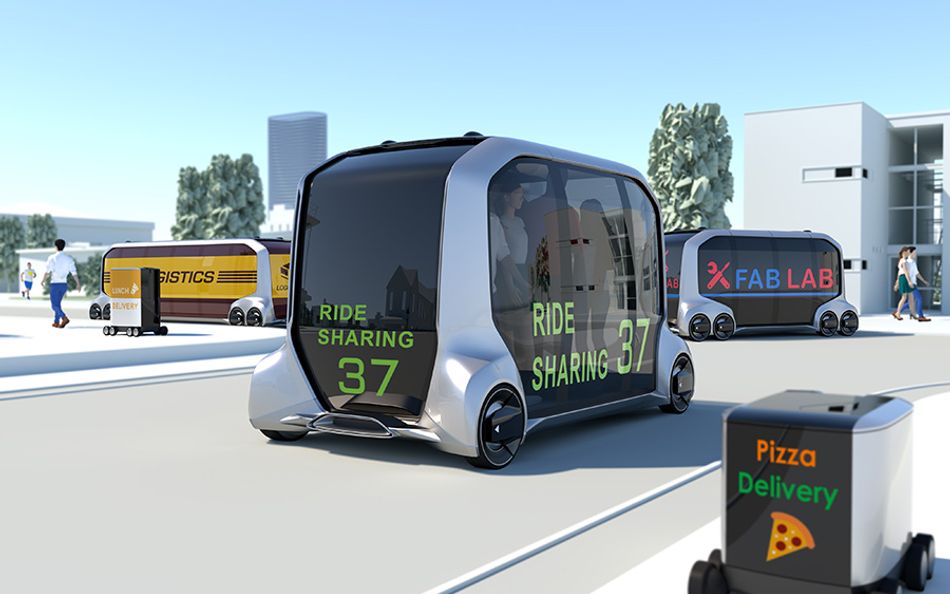
The Scout (EXTERNAL) (EXTERNAL) (EXTERNAL) project from Amazon demonstrates how simulation was used to test unpredictable circumstances with virtual realities. The project emulated an entire neighborhood in which delivery of goods would be carried by a robot previously configured with learned parameters conditioned by machine learning. Using a digital-twin, the Scout vehicle underwent multiple scenario configurations so to test possible failures, route challenges, or unexpected events. (BAD) (BAD) (BAD)
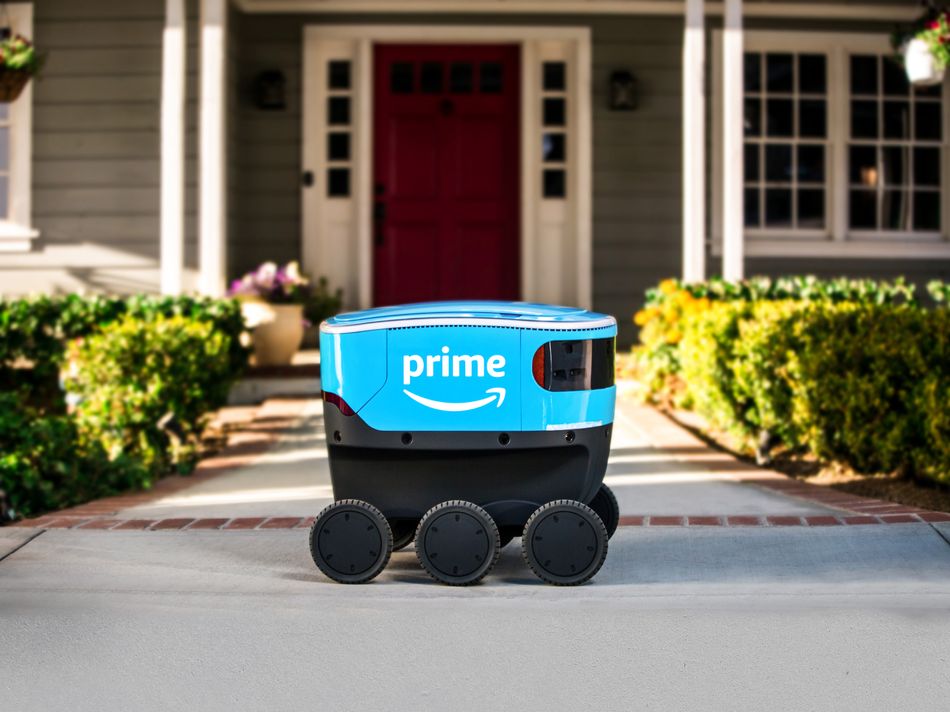
Simulation can be used to improve last-mile solutions in the following ways:
- Design and development of autonomous vehicles
- Test of driverless vehicles
- Training of remote vehicle operators
- Simulation of transport routes in highly constrained scenarios
- Use of analytics to test routing and tour-planning
- Simulation of urban logistic networks to determine best logistic configurations
- Simulation of parcel delivery in the last mile involving robots
- Digital twins for developing and testing autonomous vehicles in last-mile delivery
Not only does simulation expedite and improve the design process of AV’s, but it also helps engineers to estimate failures or possible technical problems, by preventing the excessive use of material and fossil resources (GOOD) (GOOD) (GOOD).
Simulation goes beyond vehicle design. Real-time traffic and infrastructure can be simulated and matched with a virtual version of a driverless vehicle. In the case of e-autonomous vehicles, the interaction, performance, and safety of the delivery process can be simulated and tested in different supply chains.
Last-mile solutions already making a difference
In the air or on the roads, autonomous vehicles are in development worldwide to solve delivery challenges. Air-based examples of delivery solutions are growing with successful projects, including Amazon Prime Air (EXTERNAL) (EXTERNAL) (EXTERNAL), Zipline (EXTERNAL) (EXTERNAL) (EXTERNAL), and Elroy (EXTERNAL) (EXTERNAL) (EXTERNAL). Air solutions are critical in delivering goods to remote locations. Zipline used autonomous air vehicles to deliver life-saving PPE throughout the pandemic. And as city populations grow, land-based solutions include Nuro (EXTERNAL) (EXTERNAL) (EXTERNAL), Robomart (EXTERNAL) (EXTERNAL) (EXTERNAL), and Starship (EXTERNAL) (EXTERNAL) (EXTERNAL), are focused on becoming the last-mile leaders for urban environments.
Summary
Last-mile delivery constitutes a high operational risk in the last stage of supply chains. However, AVs offer fast, traceable, safe, and environmental freight services in real-time with minimal impact on inner-city traffic and the environment. To ensure the performance of last-miles solutions, simulation offers unique features to maximize the efficiency of driverless vehicles while giving delivery providers accurate information on current urban events. Simulation tools such as digital twins and other tests, analysis, and monitoring enable accurate and low carbon last-mile delivery.
References
1. Coppola D. Online E-commerce worldwide - Statistics & Facts [Internet]. 2021 [cited 2021 Sep 10]. Available from: https://www.statista.com/topics/871/online-shopping/
2. Shu P, Sun Y, Xie B, Xu SX, Xu G. Data-driven shuttle service design for sustainable last mile transportation. Adv Eng Informatics [Internet]. 2021;49(December 2020):101344. Available from: https://doi.org/10.1016/j.aei.2021.101344
3. Correia D, Teixeira L, Marques JL. Last-mile-as-a-service (LMaaS): An innovative concept for the disruption of the supply chain. Sustain Cities Soc. 2021;75(December 2020):103310.
4. Deloison T, Hannon E, Huber A, Heid B, Klink C, Sahay R, et al. The Future of the Last-Mile Ecosystem. World Econ Forum [Internet]. 2020;(January). Available from: https://www.weforum.org/reports/the-future-of-the-last-mile-ecosystem
5. Clausen U, Kreuz F, Langkau S. Proceedings of Advances in Production Logistics and Traffic. 2019.
6. Destatis SB. Statistisches Bundesamt Verkehr Luftverkehr. 2014;49(0).
7. Nowak G, Kauschke P, Viereckl R, Starke F. The era of digitized trucking - Charting your transformation to a new business model. 2018; Available from: https://www.strategyand.pwc.com/gx/en/insights/era-of-digitized-trucking.html

